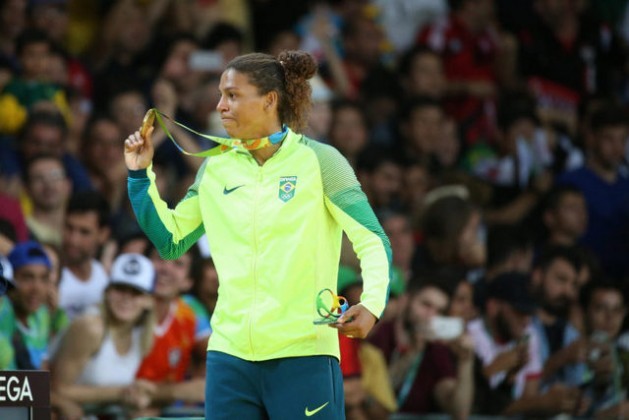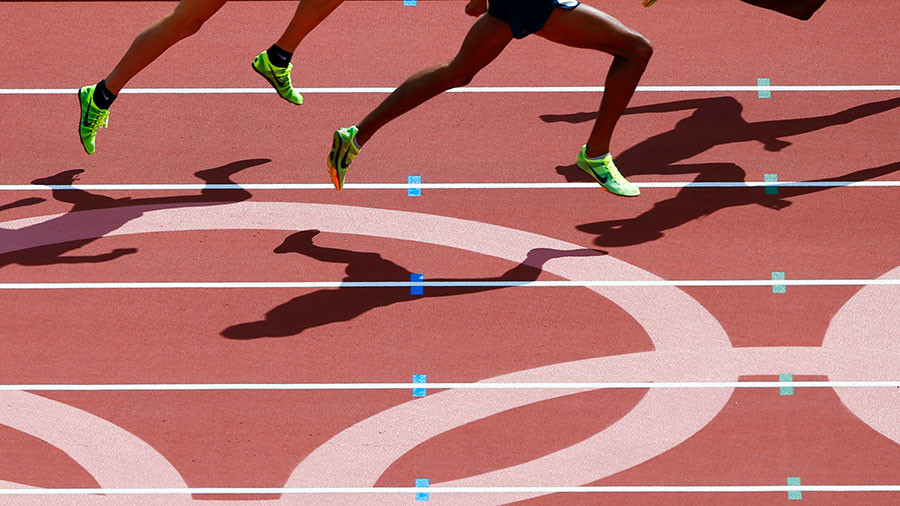Sports and Games for Promoting Peace and Harmony
TRANSCEND MEMBERS, 30 Sep 2019
Dr Ravi P Bhatia – TRANSCEND Media Service
Football, hockey, cricket, volleyball, baseball, tennis, badminton, table tennis, swimming, cycling and many other sports are popular all over the world. Most people play some form of games or sports. Of course these vary from place to place and often depend on the weather. Traditional games are also still being played by several tribal communities.
Football or soccer as it is called is perhaps the most popular sport in the world. Cricket is also popular in several places especially those that had close connections with England — Australia, New Zealand, West Indies and of course Asian countries India, Pakistan, Bangladesh, Sri Lanka. Now even Afghanistan is also playing this sport. Hockey is also popular in many regions and some countries such as Germany, Belgium which started playing the game recently have become very good at it.
There are other sports that are popular in a few countries — baseball and American football (different from the normal sport) in USA; ice hockey in some cold countries, basketball, volleyball, rugby etc in some regions. Again swimming is also popular all over the world.
Athletics that have many different forms is again a popular sport and often is highly competitive in formal events such as Olympics, National Games, etc. Athletes compete in several events of running — 100-metre dash or marathon events. High jump, javelin or discuss throw, hop step and jump are quite popular with athletes. Then there are boxing or wrestling events in which women also participate with gusto. Men and women usually participate separately but there is no gender bias here.
Also, when athletes of different countries play in International events like Olympics, there is no racial, linguistic or social discrimination. Sportspersons compete together and the best ones win and are declared winners of first second and third prizes. It is found that African athletes with their long legs and good physique generally top in short races — 100 or 200 hundred m dash. For longer races athletes of other countries usually excel because of their distinct physique. But no discrimination of any sort is observed.
Recently, in a Conference that I attended, a delegate presented his paper on sports and games as vehicles of peace and harmony. One can easily understand how these games promote these values and are against any form of discrimination based on gender, race, language or religion or culture of the sportspersons.

Judoka Rafaela Silva, who won Brazil’s first medal – gold – on Aug. 8. Credit: Roberto Castro/Brasil2016
In fact it was pointed out that in the Winter Olympics of 2018 held in Pyongyang in South Korea, about 3000 athletes from Norway, Germany, Canada, USA, Netherlands etc participated. But the best part of these Games was the fact that athletes of North and South Korea participated as a joint team. The two Koreas are separate countries but here they overcame their animosities to compete together jointly and peacefully.
When the events are over and medals — gold, silver, bronze, have to be presented, the top three, are asked to stand together for the medals ceremony. The national anthem of the gold winner is played — what joy, what happiness, what pride is experienced. What a feeling of peace among the onlookers both at the ceremony and later watching on TV screens.
There is also a flip side to these modern sports. They are usually very expensive or require big playgrounds to play in. Football does not require anything other than the ball itself. But cricket requires expensive items — bats, leg guards, wickets in addition to a big ground to play in. Similarly tennis, not to speak of ice hockey, is an expensive game. This factor increases the economic divide, not promote peace and amity.
When I was a child more than half a century back, children used to play with small sticks, stones, a piece of rope and assorted simple items found in the neighbourhood. Moreover we did not require big grounds to play in — a small corner of our street was adequate. But we enjoyed our simple games tremendously. We also loved to ride our bicycles and play simple games on them. There were occasions when due to shortage of enough children, or some other factor, we had to improvise to continue playing. Good mentally for us.
I appreciate we cannot reverse history and return to those times. However, we can still innovate so children living in slums or schools not having enough play kits or big grounds could still play games and enjoy themselves. We should not promote only expensive games or sports.
Let us try to encourage those games that promote equality, harmony and thereby peace and amity among all.
______________________________________________
Dr Ravi P Bhatia is a member of the TRANSCEND Network for Peace Development Environment, an educationist, Gandhian scholar and peace researcher. Retired professor, Delhi University. His new book, A Garland of Ideas—Gandhian, Religious, Educational, Environmental was published recently in Delhi. ravipbhatia@gmail.com
Tags: Sports
This article originally appeared on Transcend Media Service (TMS) on 30 Sep 2019.
Anticopyright: Editorials and articles originated on TMS may be freely reprinted, disseminated, translated and used as background material, provided an acknowledgement and link to the source, TMS: Sports and Games for Promoting Peace and Harmony, is included. Thank you.
If you enjoyed this article, please donate to TMS to join the growing list of TMS Supporters.

This work is licensed under a CC BY-NC 4.0 License.
